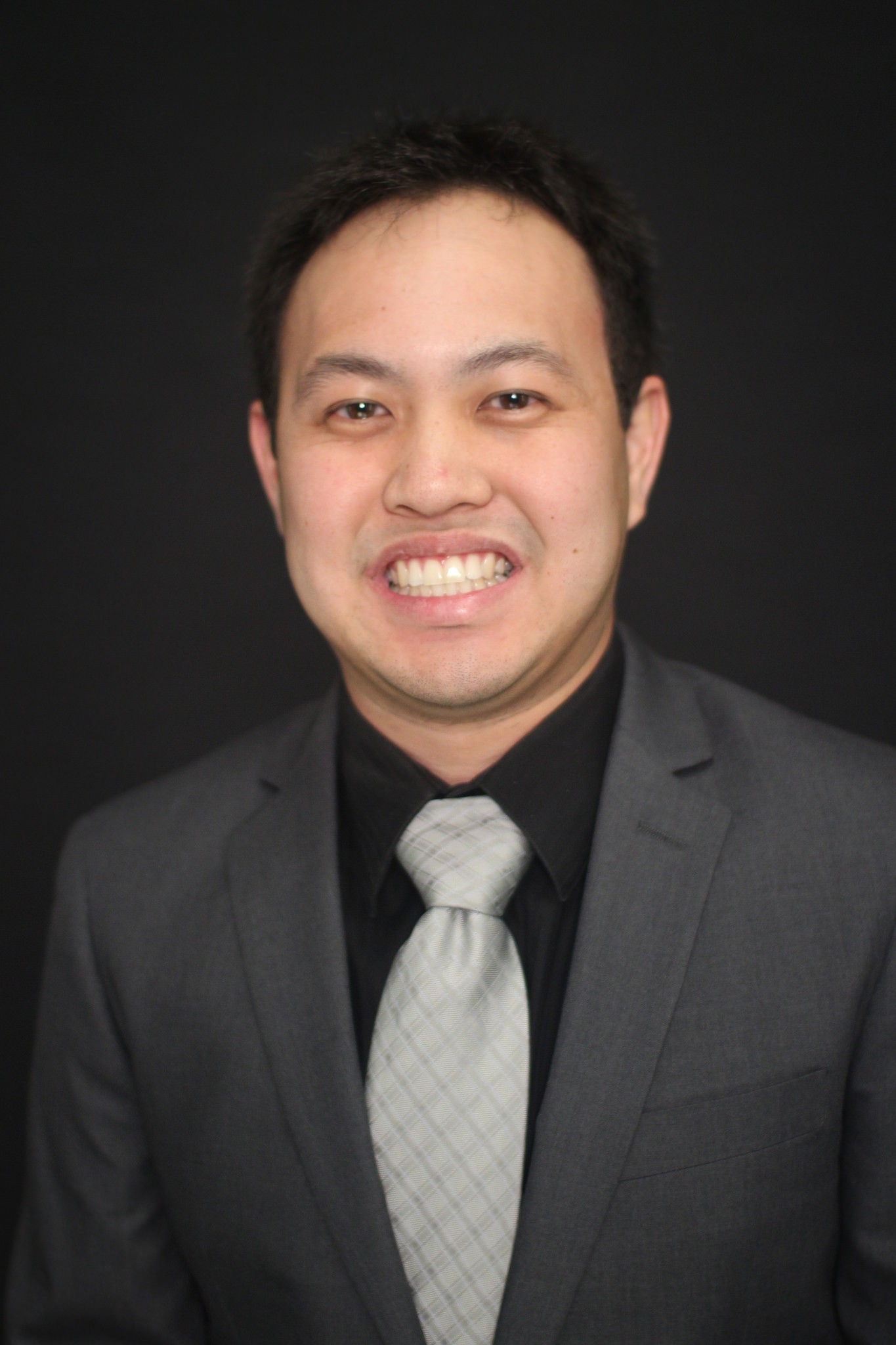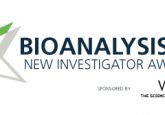2017 New Investigator Award: Ryan Matsuda
 Ryan Matsuda (PRA Health Sciences, USA)
Ryan Matsuda (PRA Health Sciences, USA)
What made you chose a career in bioanalysis?
My previous research as a graduate student involved developing tools and techniques for the analysis of biochemical interactions of metabolic diseases such as diabetes. This research enabled me to bridge my interest in working with cutting edge instrumentation and conducting research on biochemical interactions. In my current role as a scientist, the opportunity to gain a better understanding of the biochemical pathways and processes that occur in living things fully engages my intellectual drive and curiosity in bioanalysis. Additionally, my role allows me to make contributions to the scientific community which will hopefully one day improve the quality of life.
Describe the main highlights of your bioanalytical work?
My previous work in graduate school involved characterizing the structure and function of serum transport proteins that are affected by diabetes. This work resulted in the determination of a complete binding profile of various sulfonylurea drugs to glycated human serum albumin, while also resulting in new innovative formats for studying drug-protein interactions with proteins that were extracted from clinical samples.
My current research focuses on developing methods and techniques for the quantification of pharmaceuticals and biological materials in different matrices through liquid chromatography coupled with tandem mass spectrometry (LC-MS/MS) analysis. The quantification of humanized monoclonal antibodies (mAbs) for pre-clinical studies is of particular interest due to a growth in the development and use of targeted biotherapeutics in the treatment of illnesses. I am currently developing an LC-MS/MS assay for quantification of mAbs by quantifying a signature peptide sequence found in human IgG1 and IgG4 isotypes. In conjunction with this work, I am also working to develop methods or techniques that could be used to accurately and precisely characterize biological reference materials such as mAbs.
How has your work impacted your laboratory, the bioanalytical field and beyond?
Through my graduate research, I determined trends in drug-protein binding interactions affected by diabetes and created new formats for clinical analysis of drug-protein binding. The data obtained from my research can facilitate the development of new treatments for metabolic diseases.
As previously mentioned, I am developing an assay for quantification of mAb-based pharmaceuticals. The development of such an assay can result in improved mAb quantification and opportunities for high throughput analysis of newly developed biotherapeutics. Ultimately, cost savings and greater efficiency will be realized.
My current research indicates that concentrations of biological reference materials across vendors is inconsistent. I am developing a standardized testing protocol for the quantification of the concentration of biological reference materials. As a result, bioanalytical laboratories that implement this new protocol will be able to minimize unreliable results caused by inconsistencies when a new lot of material is needed or when a different vendor is used.
Describe the most difficult challenge you have encountered in your scientific career and how you overcame it?
As a graduate student, I developed an on-line immunoextraction format that utilized high-performance affinity chromatography (HPAC) to examine drug-protein interactions with normal and glycated human serum albumin (HSA). The development of the method was challenging because it involved and combined both an immunoaffinity component and a HPAC component for drug-protein binding analysis. Because this was a new and innovative technique, I needed to develop a new protocol for the entire on-line format to work. This initially involved a literature review and consultation with my colleagues. Based on the information I received, I eliminated processes that seemed illogical or impractical. I then developed a plan that was workable by setting up the experiment in phases. Through trial and error I was able to complete each phase. The process was challenging and time consuming because each failure had to be mitigated and resolved. After numerous attempts, I was able to develop a method that successfully extracted normal and glycated HSA through use of an anti-HSA column and examined drug-protein interactions with the extracted proteins. Through this experience and project, I learned the importance of listening to colleagues, being patient, and breaking down large projects into measureable increments.
Describe your role in bioanalytical communities/groups?
During my research career, I have been a member of different scientific organizations and an active member in the scientific community. As a member of various bioanalytical communities, I have been able to keep up with breakthroughs in the field of bioanalysis through attending and presenting at different conferences.
As a member of the American Chemical Society, I have been actively involved in outreach with the ACS science coach program that partners a scientist with a chemistry teacher. Through this program, I was able to obtain a donation from the ACS to purchase materials for a high school AP chemistry class. For approximately the past two years, I have been using video conferencing to help the AP chemistry class with their AP exam preparations on a weekly basis. I have been able to mentor and share my experiences with chemistry and bioanalysis with the students in the hope that I can inspire them to pursue a career in science.
List up to five of your publications in the field of bioanalysis:
1 Matsuda R, Kolli V, Woods M, Dodds, ED, Hage, DS. Optimizing sequence coverage for a moderate mass protein in nano-electrospray ionization quadrupole time-of-flight mass spectrometry. Anal. Bioanal. Chem. 509, 115-117 (2016).
2 Matsuda R, Rodriguez E, Suresh D, Hage DS. Chromatographic immunoassays: strategies and recent developments in the analysis of drugs and biological agents. Bioanalysis 7, 2947-2966 (2015).
3 Matsuda R, Jobe D, Beyersdorf J, Hage DS. Analysis of drug-protein binding using on-line immunoextraction and high-performance affinity microcolumns: Studies with normal and glycated human serum albumin. J. Chromatogr. A 1416, 112-120 (2015)
4 Matsuda R, Li Z, Zheng X, Hage DS. Analysis of multi-site drug-protein interactions by high-performance affinity chromatography: Binding by glimepiride to normal or glycated human serum albumin. J. Chromatogr. A 1408, 133-144 (2015)
5 Matsuda R, Li Z, Zheng X, Hage DS. Analysis of glipizide binding to normal and glycated human serum albumin by high performance affinity chromatography. Anal. Bioanal. Chem. 407, 5309-5321 (2015).
Find out more about this year’s New Investigator Award, the judging panel and the rest of our nominees.


